Although the Ministry of Industry and Trade has organized a conference to explain Decree 135/2024/ND-CP related to the development of self-produced and self-consumed rooftop solar power, both investors and the electricity industry still have many questions without clear answers.
Self-produced and self-consumed rooftop solar power: Waiting for further instructions
Although the Ministry of Industry and Trade has organized a conference to explain Decree 135/2024/ND-CP related to the development of self-produced and self-consumed rooftop solar power, both investors and the electricity industry still have many questions without clear answers.
Just the beginning
Mr. Nguyen Ngoc Cuong, Operations Director of EverSolar Investment Joint Stock Company, said that the birth of Decree 135/2024/ND-CP (Decree 135) is a great effort from the drafting committee and the Government because the content reflects a large part of the recommendations of the rooftop solar power development community.
“The Decree has created favorable conditions for investment and development of self-produced and self-consumed rooftop solar power , serving the green transformation needs, meeting the requirements of export enterprises and the sustainable development goals (ESG) of foreign investors. At the same time, it also helps people who want to self-produce and self-consume have a transparent mechanism for installation,” he said.
Also welcoming the birth of Decree 135, Mr. Le Quang Vinh from BayWa re Solar Systems Vietnam Company said that the Decree has helped investors in production have a basis for rooftop solar power to achieve the goal of reducing emissions to obtain green certificates for goods when exporting to markets with high requirements.
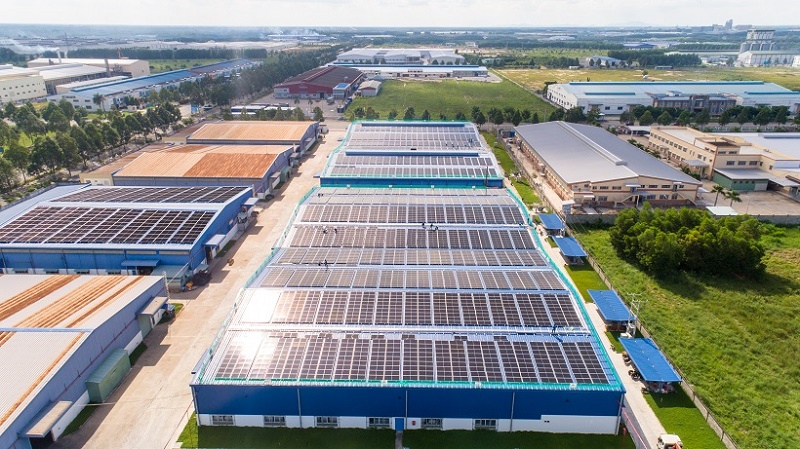 |
| A rooftop solar power project invested in Bau Bang Industrial Park, Binh Duong |
“In 2024, there will still be about 800 MW of solar panels imported into Vietnam. This shows that the market still has demand for rooftop solar power installation. However, Decree 135 only solves the tip of the iceberg. Investors, Departments of Industry and Trade as well as Vietnam Electricity Group (EVN) still have many questions that have not been clearly answered by the Ministry of Industry and Trade, so we do not understand how it will be implemented and paid for,” Mr. Vinh shared.
Sharing the same view that there should be more specific guidance, a representative of a foreign fund interested in solar power projects in Southeast Asia, including Vietnam, said that even if the authorities had guidelines of up to 1,000 conditions and bullet points that investors need to follow when implementing a project, it would still be clearer than the phrase "according to the provisions of the law".
“In reality, we may not know all the regulations during the project implementation process, so when the inspection agency points out legal issues in documents of other ministries and branches, we are also very confused. Therefore, we hope that legal issues need to be clarified and detailed from the beginning, so that investors can grasp and feel secure in calculating and implementing transactions in Vietnam,” he said.
Responsibility is not clear
Many questions were raised during the explanation session of Decree 135 organized by the Ministry of Industry and Trade with the participation of 789 points. However, not all answers were clear and concise as expected by investors, the electricity industry, the Department of Industry and Trade, etc.
For example, in Quang Nam, the Electricity Company is very confused about the criteria for allocating the target to develop 48 MW of new solar power as stated in the Power Plan VIII and the answer from the Ministry of Industry and Trade is "decided by the Provincial People's Committee".
Currently, Decree 135 stipulates that the Department of Industry and Trade coordinates with local electricity units to publicly review the total capacity of self-produced and self-consumed rooftop solar power connected to the national electricity system allocated according to the plan to implement the national electricity development plan.
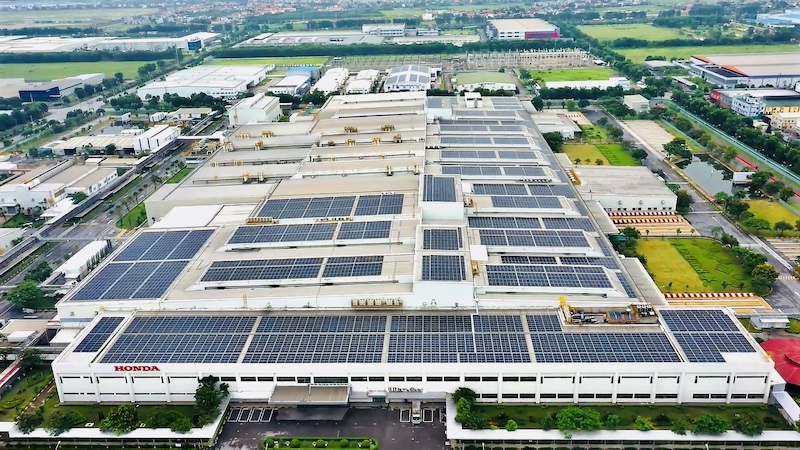 |
| Rooftop solar power system of Honda Vietnam Company. |
Talking to the Investment Electronic Newspaper - Baodautu.vn , Mr. Manh Tuan, an electricity expert, said that because planning is very expensive, in reality, many localities only make provincial electricity plans up to the 110 kV level. Because smaller levels often change, localities do not make them too specific to avoid being tied up when changes are needed. But that way, it will also take time to review and give opinions on the proposals of the parties wanting to install rooftop solar power in the area.
Notably, according to Clause 1, Article 8, households and individual houses developing self-produced and self-consumed rooftop solar power with a capacity of less than 100 kW are exempted from electricity operation licenses and have no capacity limit.
However, the Power Plan VIII is blocking the development of grid-connected rooftop solar power to no more than 2,600 MW from now until 2030. So, if there are about 30,000 households developing grid-connected rooftop solar power of 100 kW - meaning unlimited capacity, the total capacity of this group will be about 3,000,000 kW, equivalent to 3,000 MW. Whether this violates the 2,600 MW level of the Plan VIII is a question that has not yet been clearly answered.
According to experts, this issue needs to be taken into account because as of January 1, 2021, the whole country had 104,282 rooftop solar power systems with a total capacity of 9,580 MWp enjoying FIT prices, most of which were developed in just over a year.
In addition, it must be taken into account that many rooftop solar power systems of both households and businesses have had their FIT prices slide as of December 31, 2020, but now with Decree 135, they are allowed to sell excess electricity to the national power system when completing the required procedures.
Thus, it is entirely possible that the number of rooftop solar power systems that "slip" FIT and want to connect to the grid will exceed 2,600 MW and there will be a situation of asking and giving to be connected to the grid.
Examining Decree 135, experts also pointed out that Articles 15 and 16 stipulate that the party installing rooftop solar power must "purchase equipment in accordance with the provisions of this Decree and in accordance with applicable standards and regulations". However, the entire Decree 135 does not specify what the standards are. This will cause controversy in the future about whether the equipment complies with regulations or not, and if not, whether it is allowed to connect and sell surplus electricity for money or not.
Vaguely determine 20% surplus power
The point that investors are particularly interested in is the possibility of selling excess electricity to the national power system, but not exceeding 20% of the actual installed capacity, which is currently unknown.
Mr. Le Quang Vinh said that his family is using a rooftop solar power system. After Decree 135 was issued, he asked Long Bien Electricity and Hanoi Electricity Corporation but there was no answer about the process of selling surplus electricity to the grid.
"I understand that the electricity industry is also waiting for guidance from the Ministry of Industry and Trade," said Mr. Vinh.
It is known that EVN is currently researching options and solutions to use limited equipment to ensure that it does not generate more than the limited amount of excess electricity generated by the solar power system and transmit it back to the grid.
This method is said by EVN to help calculate and pay for monthly electricity simply, without having to go through calculations like other methods, and customers only have to invest in a normal electronic meter that can be collected remotely.
In this direction, it will be necessary to install an additional two-way control and metering device as well as to monitor the power limit device to work correctly and accurately, especially when the efficiency of the photovoltaic panels decreases over time. However, the Ministry does not clearly define whether the seller or the buyer of electricity will have to install this device, and if EVN installs it, the cost will naturally increase and be included in the electricity price.
On the other hand, experts from electricity distribution companies said that currently the meter measurement cycle is 30 minutes/time and there are 48 cycles in a day. It is very likely that in a 30-minute cycle, there will be 2-3 minutes when the surplus capacity exceeds the 20% of the prescribed capacity. How will this be handled?
“If the electricity industry completely excludes that 30-minute cycle and does not pay, it will be a loss for the party with rooftop solar power generating into the grid, but if not, it is not known how to record it because the current technology for recording electricity indexes and measuring is done by machines and can only display it like that, people cannot intervene,” Mr. Manh Tuan explained.
In addition, Decree 135 is calculating 20% of the excess electricity sales capacity limited by capacity (kW) but paying according to electricity output (kWh), which is inconsistent in the measured quantities.
In addition, experts also questioned that Decree 135 limits the surplus electricity sales capacity to 20%, but the system can completely encounter a situation of power shortage requiring additional rooftop solar power . So how to calculate the additional payment then? Is it allowed to self-generate and self-consumed rooftop solar power to contribute to the system when this block is completely capable?
There is also another concern that Decree 135 currently stipulates that the average market price of the previous year is applied to the surplus rooftop solar power sold. However, if the price of gas and coal suddenly increases in the previous year, causing the general market price to skyrocket, is it fair for only the surplus rooftop solar power to enjoy this benefit compared to other solar power that is enjoying a lower fixed price?
From an investor's perspective, Mr. Nguyen Ngoc Cuong said that first of all, businesses should focus on developing self-produced and self-consumed rooftop solar power projects. As for the 20% capacity that is currently stuck and needs to wait for a resolution document, just leave it alone and consider it an additional bonus.
“I also wonder how the post-audit of the payment for the 20% surplus electricity sold to the grid of the solar power systems will be done because EVN is a state-owned enterprise. Therefore, there needs to be a detailed instruction document to be able to make the payment,” said Mr. Cuong.
According to Mr. Vinh, in fact, foreign funds are still looking for ways, but doing so now is very risky because spending money but there is no guarantee that there will be laws to protect the issuance of electricity sales invoices.
Before October 22, 2024 (the effective date of Decree 135), the Fund can issue invoices to the factory below because it has invested in a rooftop solar power system. But after October 22, if a new system is installed, Decree 135 must be applied, which means that a third party is no longer allowed to buy and sell electricity with the factory below, and the Fund must register for the property leasing business.
According to Mr. Vinh, there must be legal guidance from ministries and branches on whether the Fund can lease assets or not. Because Decree 135 currently stipulates that if you want to do business selling electricity, you must be authorized by EVN, but EVN does not have the right to allow foreign enterprises or foreigners to do business in electricity.
“I think there needs to be more clear explanations, otherwise if businesses jump in now, there will be risks. If they get around the rules by leasing, they will still violate the rules, so the legal department of the Funds is currently investigating further,” commented Mr. Le Quang Vinh.
Source: https://baodautu.vn/dien-mat-troi-mai-nha-tu-san-tu-tieu-phai-cho-huong-dan-them-d229476.html




![[Photo] Visiting Cu Chi Tunnels - a heroic underground feat](https://vstatic.vietnam.vn/vietnam/resource/IMAGE/2025/4/8/06cb489403514b878768dd7262daba0b)




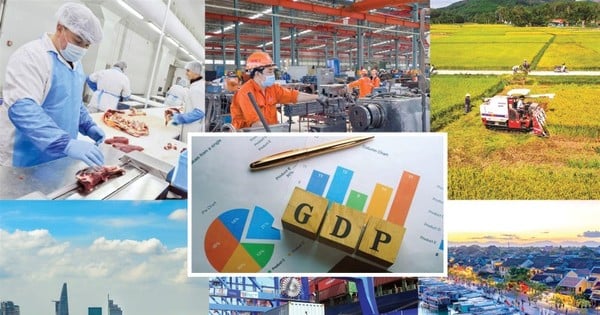

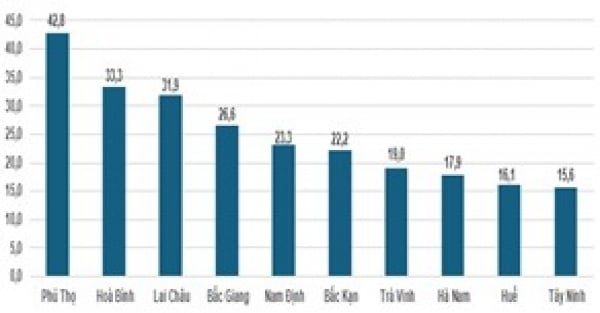
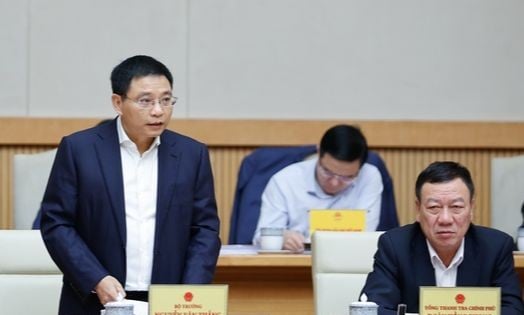
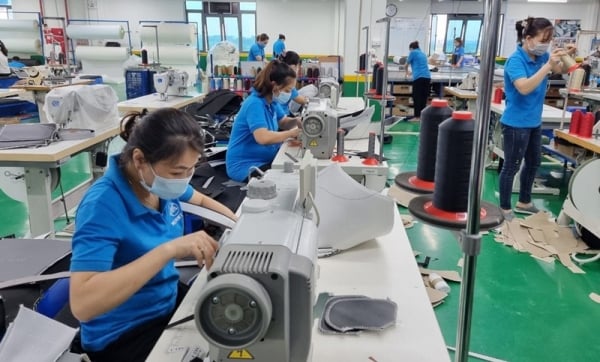


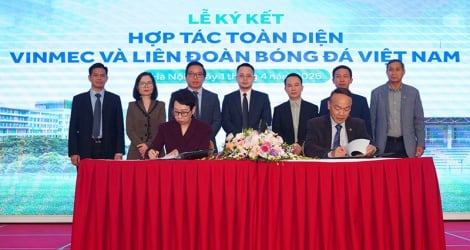

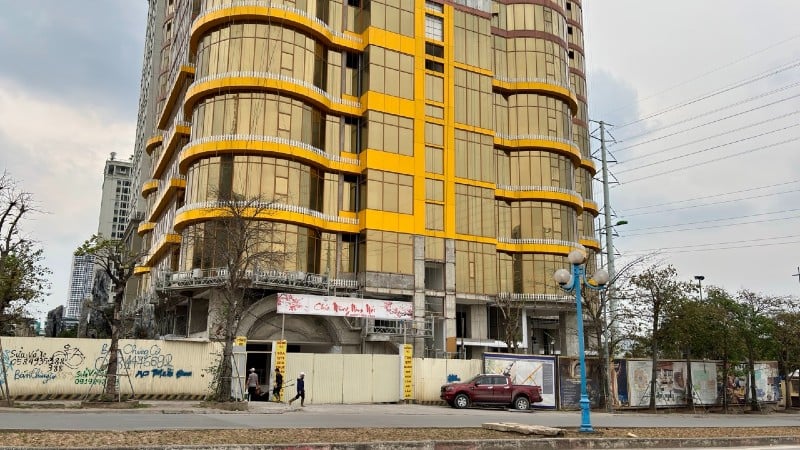

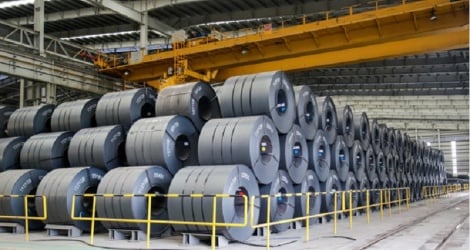























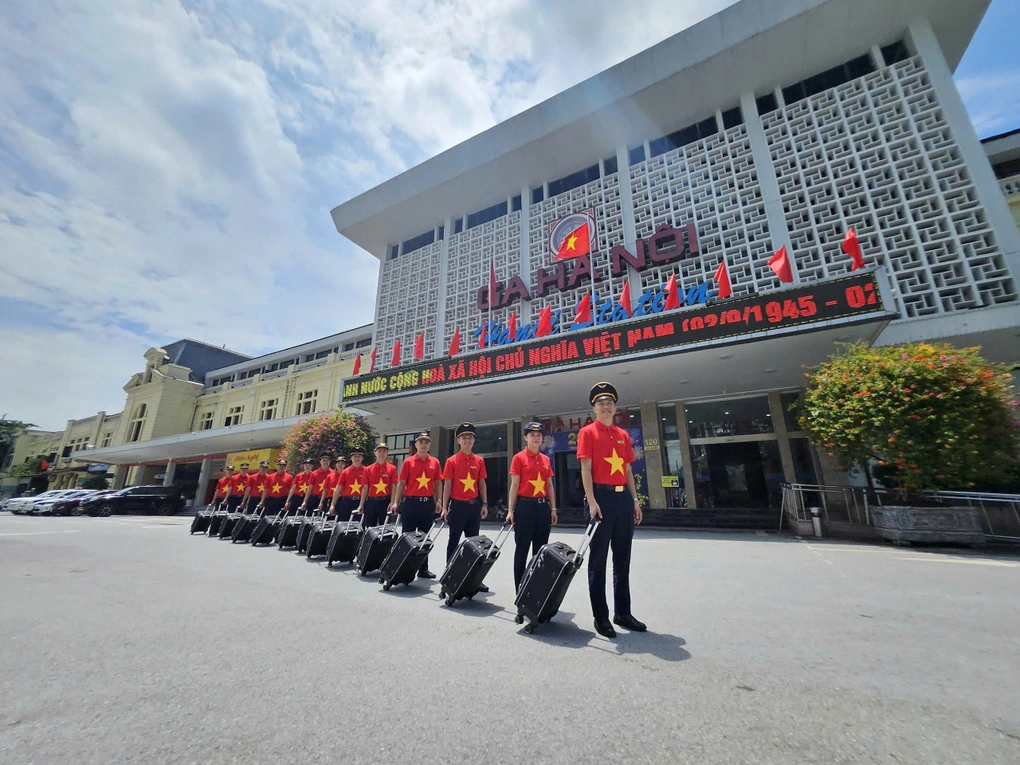





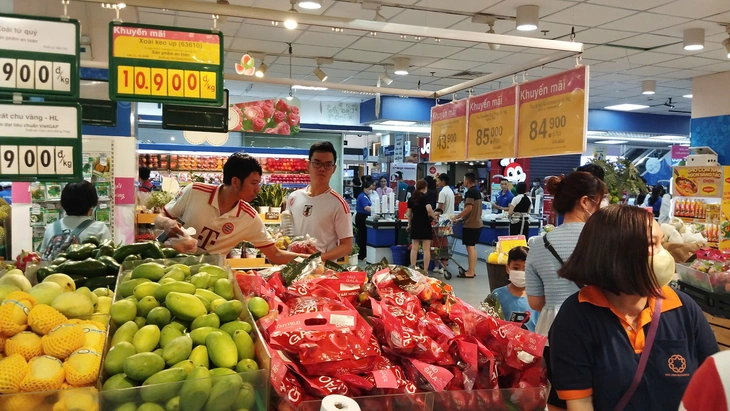







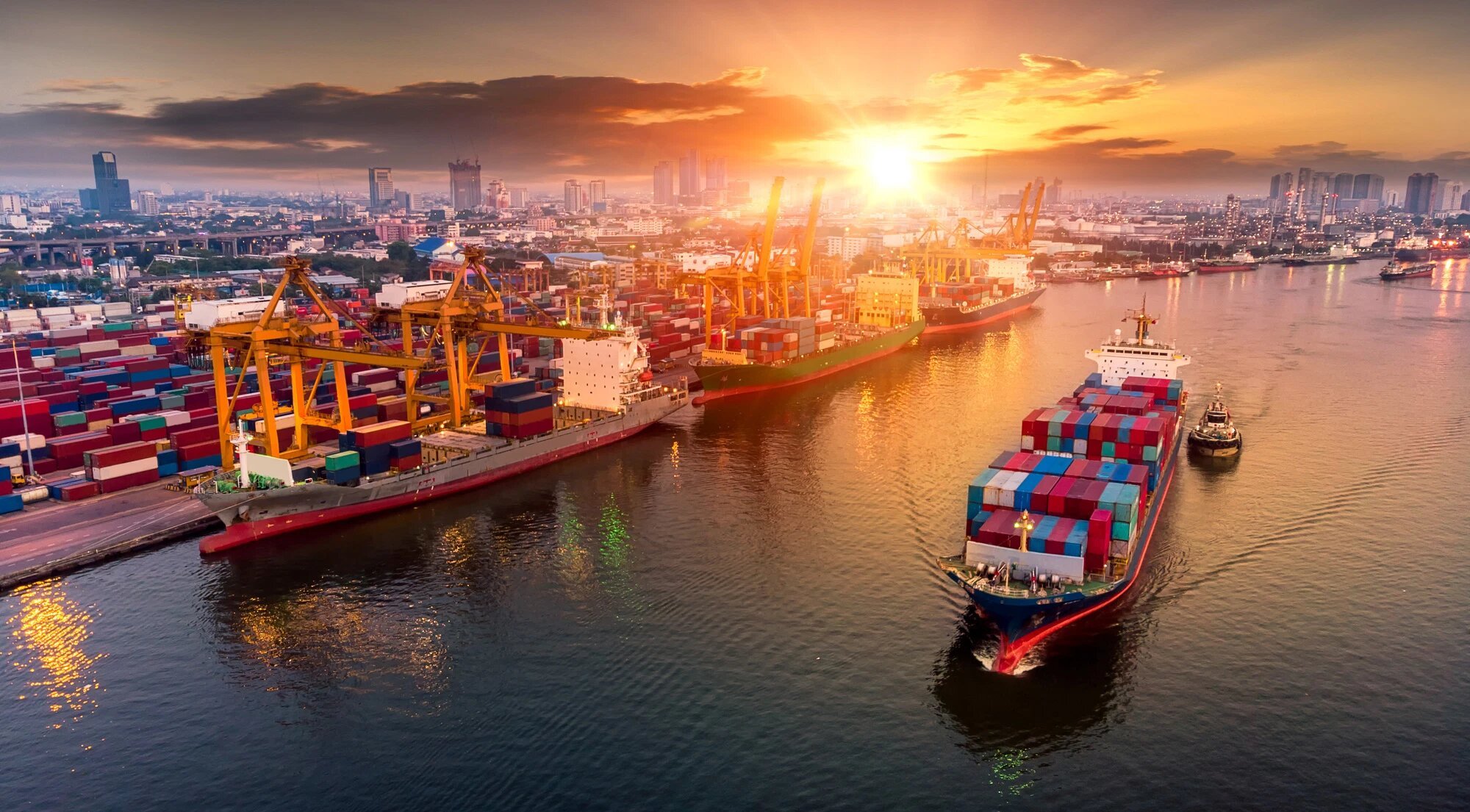








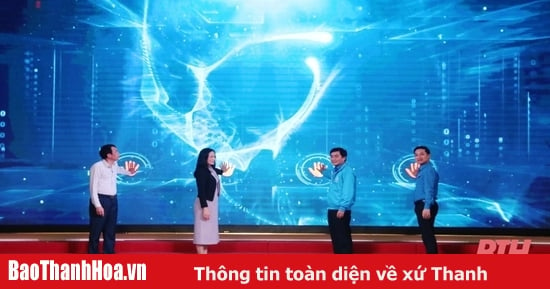
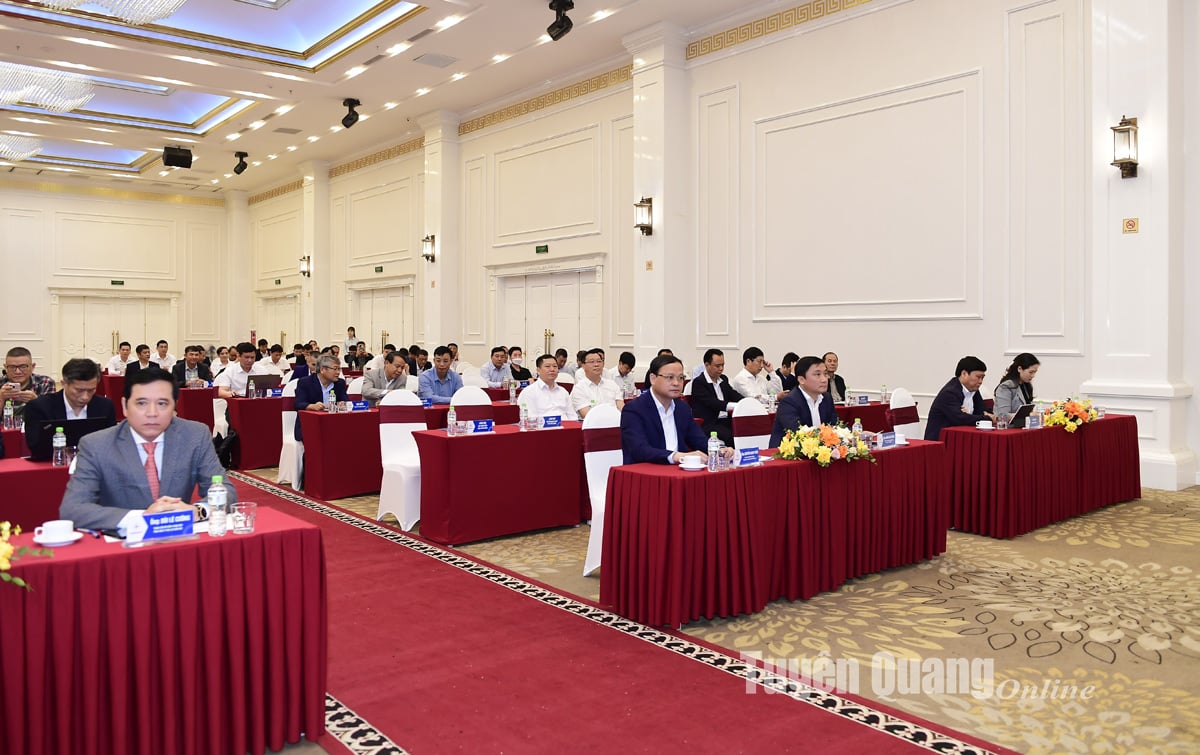
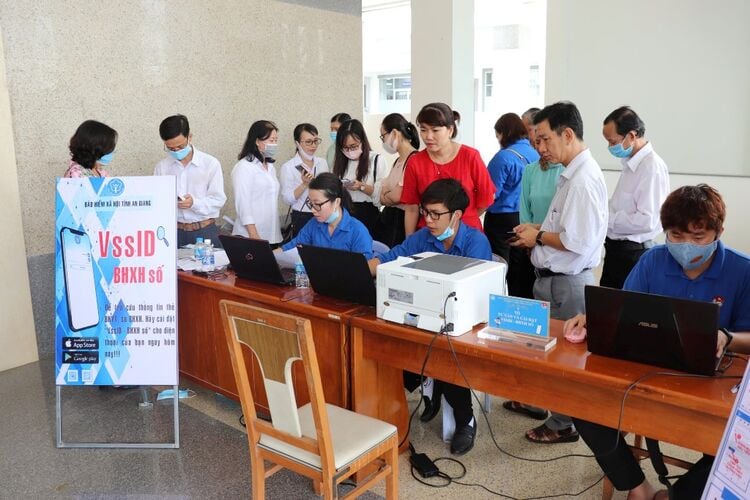


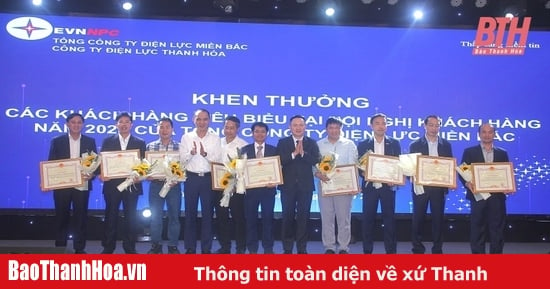




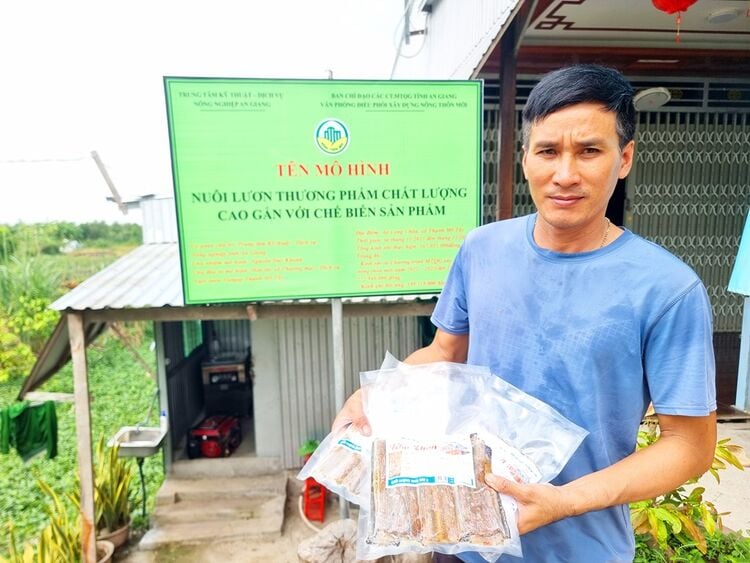



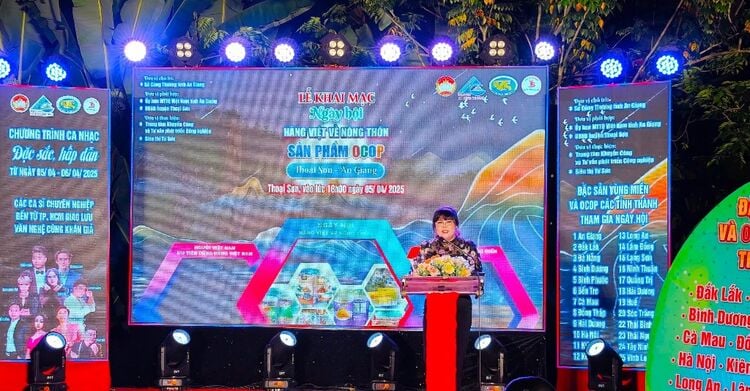

Comment (0)